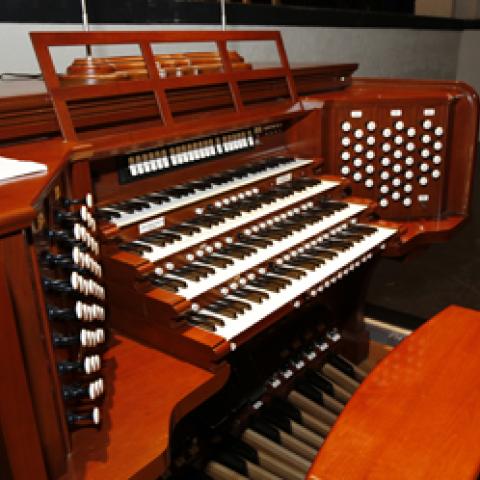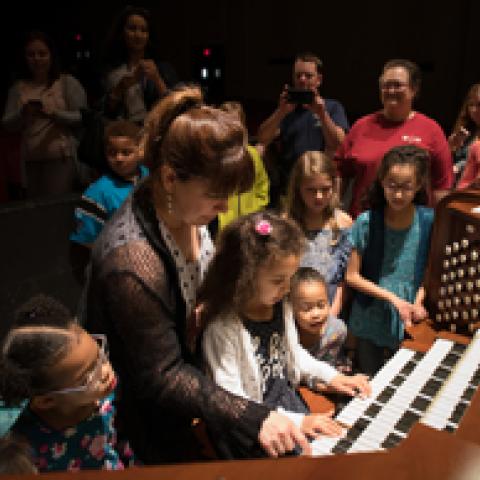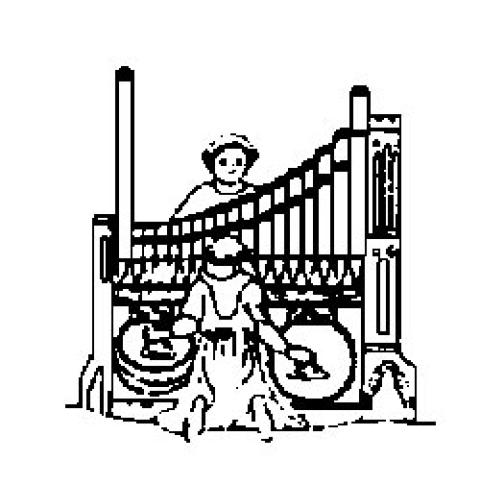
THE DIAPASON
Winthrop University, Rock Hill, South Carolina, presents the Winthrop Organ Festival August 13–16, celebrating the restoration of the D. B. Johnson Memorial Organ by Aeolian-Skinner, Op. 1257, 1955, tonal finishing by G. Donald Harrison. The restoration was done by Létourneau Pipe Organs. The schedule includes recitals, lectures, a masterclass, workshops, and lunch on Saturday. Presenters include Richard Elliott, David Lowry, and Robert Ridgell. For information: 803/608-1934;
DavidL1205@aol.com.





